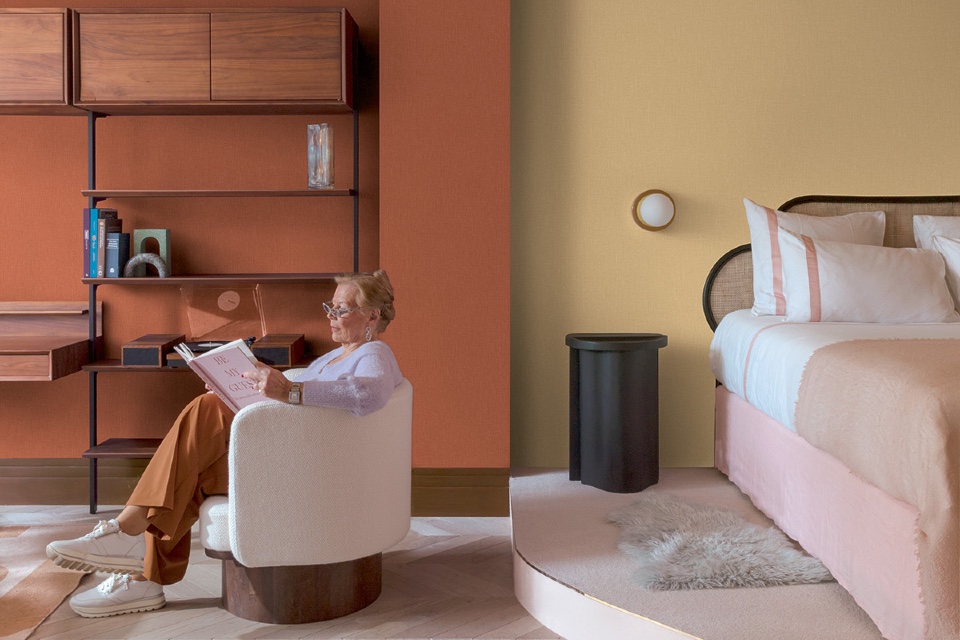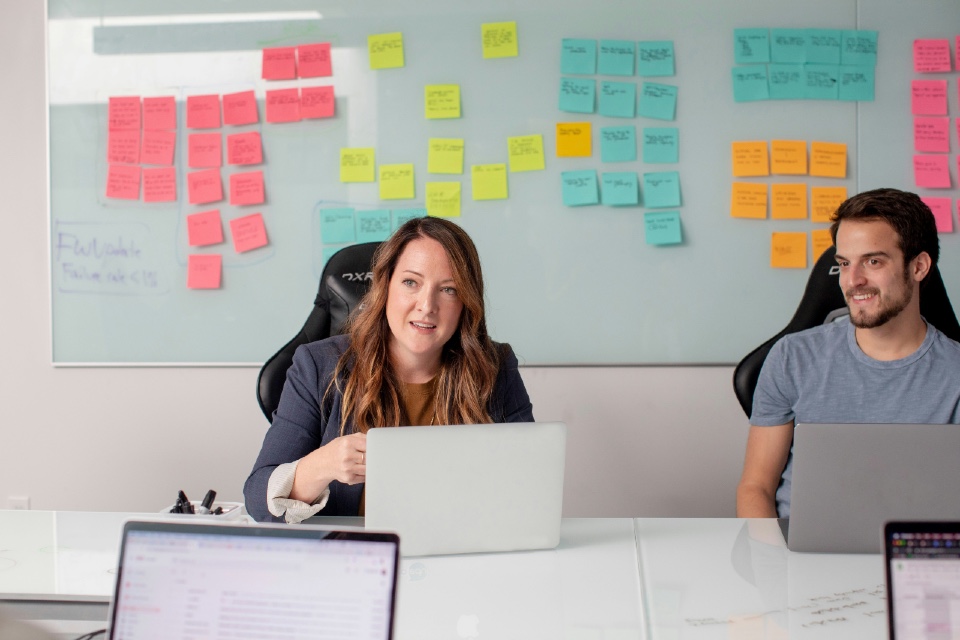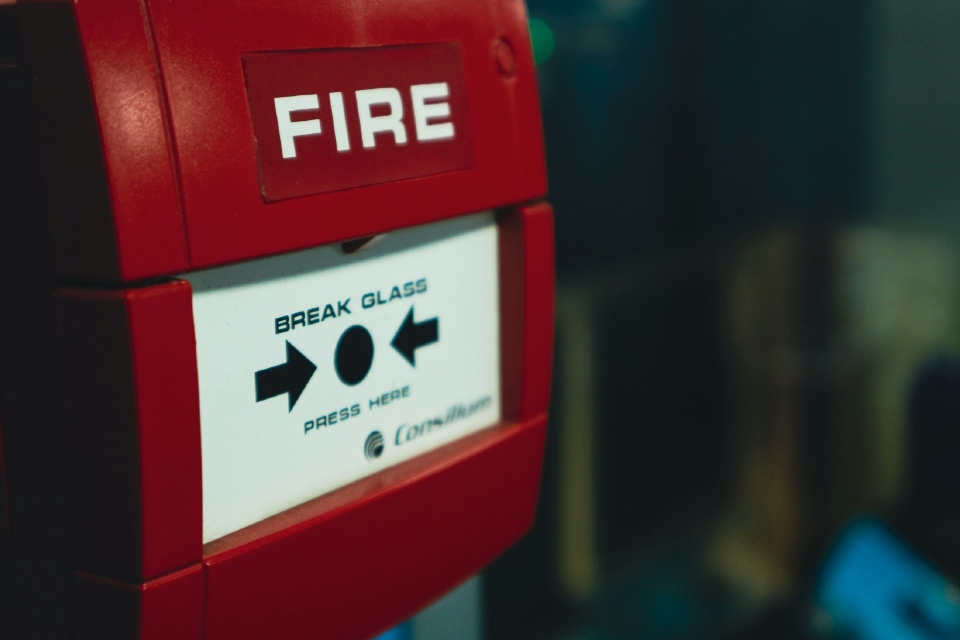As the cost of living crisis hits home and energy prices soar, care homes need to consider their available resources carefully as they deliver patient care and look after the wellbeing of staff. As they do this, the sector is burdened with staffing and productivity challenges – an issue that has traditionally existed, but which has been exacerbated during the pandemic. What is more, staff are being lured away from the profession by other perceivably lucrative industries; who are also recruiting employees, as they face similar staffing challenges (e.g. Amazon and supply chain firms).
Therefore, care organisations must consider how to provide safe and productive working environments for employees within a sector that is feeling the pinch. Part of the answer to protecting employees – lone workers especially – lies in creating a strong process that can be implemented if/when an accident occurs as staff execute duties. Another answer lies in providing staff with the tools they need to carry out tasks effectively, while keeping them safe.
Chris Potts, Marketing Director, ANT Telecom explains…
Care organisations have a duty to protect staff and keep them safe
Within the care industry there are many lone workers. For example, when a carer enters a private room with someone, what if inappropriate abusive behavior takes place? So, protecting employees is an imperative, and to guide organisations about this issue, the UK’s Health and Safety Executive (HSE) has compiled a useful booklet on the issue of lone working. Titled – Protecting lone workers, INDG73 – it explains how to keep lone workers healthy and safe, saying the onus is on employers to protect staff and keep them safe; by providing training, supervision, monitoring and support for lone workers. It includes views on how managers should keep in touch with lone workers, focusing on the role of communication – which is key if/when an accident and emergency may occur.
Employees need to feel confident that they are protected at work from harmful situations too; and know the right communication and support procedures have been developed to protect their wellbeing. This doesn’t just apply to frontline care staff either. There are several practical roles across care facilities in lone working scenarios too. Maintenance staff might need to conduct work solo and make repairs onsite in areas where there are no other staff around. What measures protect them?
While many organisations evaluate how to improve lone worker health and safety; they face the added challenge of improving productivity in an environment squeezed for staff. Employees carrying out care duties, generally are not provided with a company mobile phone – so quick, time saving phone calls via mobiles don’t often take place. This results in a lot of wasted time and resource, with staff opting to speak to people face to face for updates. There are various mobile solutions available (as highlighted below) that can cut this waste and are secure.
Managing incidents with strong process
Lone worker protection and productivity depends on strong processes and technology to support meeting health and safety requirements. Systems used must be able to alert appropriate team leaders within seconds to incidents that might occur. Ideally the alert system has the capability to split incidents into different alert categories: according to their urgency and importance – factoring in when discretion is needed too. Has an employee fallen down stairs in a remote part of a care home not often accessed – or is discretion needed if/when a staff member is assaulted by a nursing / care home resident? Equally, providing key details via the system is vital – can it let teams know where an incident has occurred automatically without much intervention?
Speed is of the essence. Systems must be able to triage and share information directly with response teams rapidly. This is so response teams can access locations – e.g. a room – quickly before an accident or an incident escalates. By the same token, although these systems are normally set up to help with serious situations, it’s important to remember that they can, and should, help teams to manage minor incidents effectively, as these will need fast resolution too.
While the appropriate system enables alerts to be triaged, managed and acted upon, mobile technology plays a vital role in receiving/delivering alerts and key information to response teams. With the right handset in place, they can inform staff about tasks, manage basic communication – e.g. calls, messaging and alarms – and enable teams to communicate effectively, and work productively. Further, handsets can be shared with staff on shifts, and people can log in with their own credentials. This makes it easier for IT teams to manage devices and keep a handle on IT assets.
Dual purpose mobile communication handsets enable teams
This is where dual purpose mobile communication handsets, with integrated panic buttons and man-down sensors, can solve communication and lone worker protection challenges simultaneously. For example IP DECT, Digital Radio or smartphones with specific applications.
With this kind of reliable technology in place, care teams can collaborate easily and respond to issues on the spot. They become far more effective and productive – which is increasingly important amidst the various resource shortages across the sector. What’s more, staff protection is enhanced, and important alerts can be raised when needed if incidents occur.
A full range of handsets are available with some even fitted with different panic buttons (e.g. adding a rip cord that can trigger an alert if pulled). They also integrate well with other organisational systems that play a crucial role in protecting patients and staff. Such as door entry, building management, fire alarm and nurse call systems – all of which can be managed by a single handset.
From an IT asset management perspective, these devices appeal because using a dual purpose mobile communication handset saves organisations money. Firms only have to invest in one device, not two. Overall, this equates to fewer repair costs, battery replacements, service costs, and charging costs. Additionally, less admin time is spent by IT to maintain two different devices – and, its generally more environmentally too, as less energy is used to charge one device.
Conclusion
If care organisations want to increase productivity, protect lone workers, and make the profession safer and more appealing to current staff and existing recruits, they must ensure they can demonstrate that they have rigorous processes in place to protect staff. Equally, they must be able to show they are capable of providing teams with the tools and technology required to be productive and successful. Today, there is a plethora of available technology and support available from specialist system integrators who can provide more cost effective solutions than ever before. Don’t let poor process and tools get in the way of your team’s safety and success.
Holly Lodge safeguards staff with DECT
Holly Lodge safeguards staff and streamlines communication capabilities with dedicated DECT platform from ANT Telecom
The unique housing development, designed for people with autism and learning disabilities, sought to improve lone worker and service user safety, whilst also addressing communication needs throughout the development.
Holly Lodge was built by national charity Choice Support in 2013 and provides a stepping stone into the community specifically for people with autism and learning disabilities who present with complex challenging behaviours. Holly Lodge is a unique housing development that combines bespoke design, assistive technology and environmentally friendly features to help the staff and individuals it supports to feel safer.
Holly lodge sought the help of ANT Telecom to improve health and safety risks for staff who provide one-to-one care in the service users’ accommodation. The previous lone worker solution in place was deemed unreliable, with some alarms not being relayed to colleagues within the time required and, in some instances, not being processed at all, with false alarms also common. There was also no activity log available to prove what did or didn’t happen when an alarm was activated.
Stuart Hood, Technical Services Supervisor, Choice Support comments: “Due to the sensitive nature of the work we do, there is a lot of consideration towards any new system as it needs to be accepted by both the staff and the service users. Service users can react negatively when there is a change in their daily routines and having audible or visual alarms going off is a situation we need to avoid. We needed our staff to be able to raise an alarm discreetly to advise our colleagues that we have a potential situation arising and to assist in a non-alarming way, so not to elevate the situation but to diffuse it. The responders need to know exactly which service user’s room the alarm was sent from, as entering the wrong room could result in other service users becoming agitated.”
During the consultation process, ANT Telecom was able to draw on experiences deploying similar systems for its customers and as a result, recommended that Holly Lodge implement a two-stage alarm process via a dedicated IP DECT platform combined with base stations, alarm server, room locators and ruggedised DECT lone worker handsets. In addition to the discreet alarm process, there’s also a full red alert option where staff can pull the device’s ripcord and colleagues know to respond as quickly as possible, to reduce the risk of harm to staff.
The new DECT infrastructure also enabled the team to be able to communicate across all areas of the site. Initially, this was not deemed to be a priority but has proved to be a significant benefit in assisting staff and agency workers with medication administration. Because they now have direct communication with the control room they can check times and medication types without having to leave the service user, or spend time locating the care worker.
Melanie Bently, Service Manager, Choice Support commented: “The communication element has greatly improved how we work on site and has reduced time that was previously required for medication administration and processing service users’ visitors. It also minimises the contact from multiple staff with service users, which previously caused increased anxiety levels.”
Alarms are sent out and delivered to the team within two seconds of being triggered and the system also records a full audit trail of what happened and when. Each handset can be tested at the start of each shift without sending alarms out which provides reassurance to the team that the handset and its alarm types are working, should they need to use it.
Melanie continues: “Since the new solution has been installed by ANT Telecom the response from all team members has been very positive. We’ve used the discreet alarms several times and it has worked very well in the way that we can respond in the correct manner and to also know exactly which room to respond to. The full red alert has also had to be used and again the way the system works has enabled us to respond in the quickest and best way possible.”
Niall Roberts, Account Manager at ANT Telecom comments: “It has been a great pleasure working with the team at Holly Lodge. They have prioritised the issue of safety and deployed a solution which not only safeguards service users but also their staff, whilst also addressing communication needs in the process. The team have had to raise alarms in potentially volatile situations and the system did exactly what they needed it to do. The system has now been in for over a year and to get such great feedback is extremely pleasing.”






